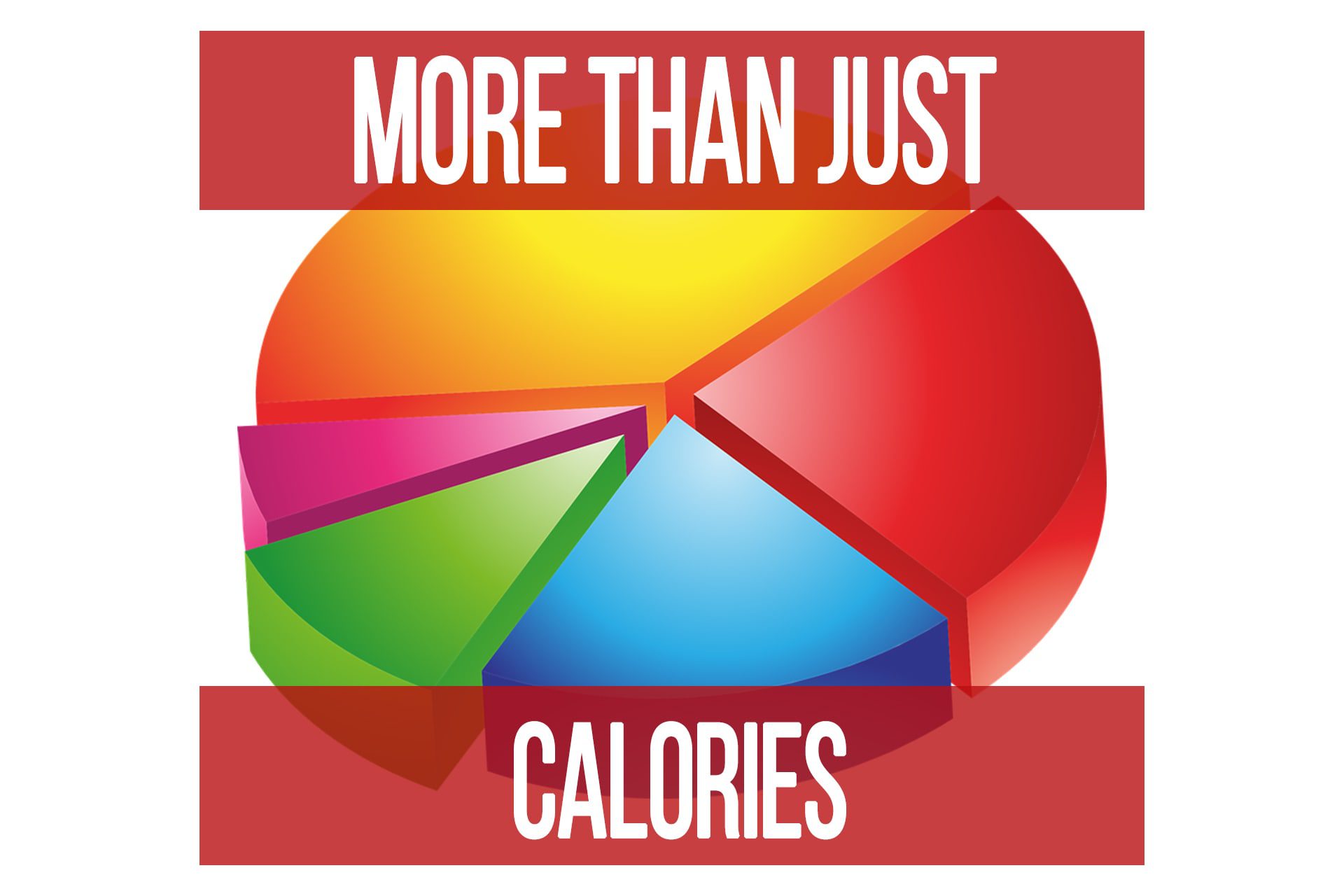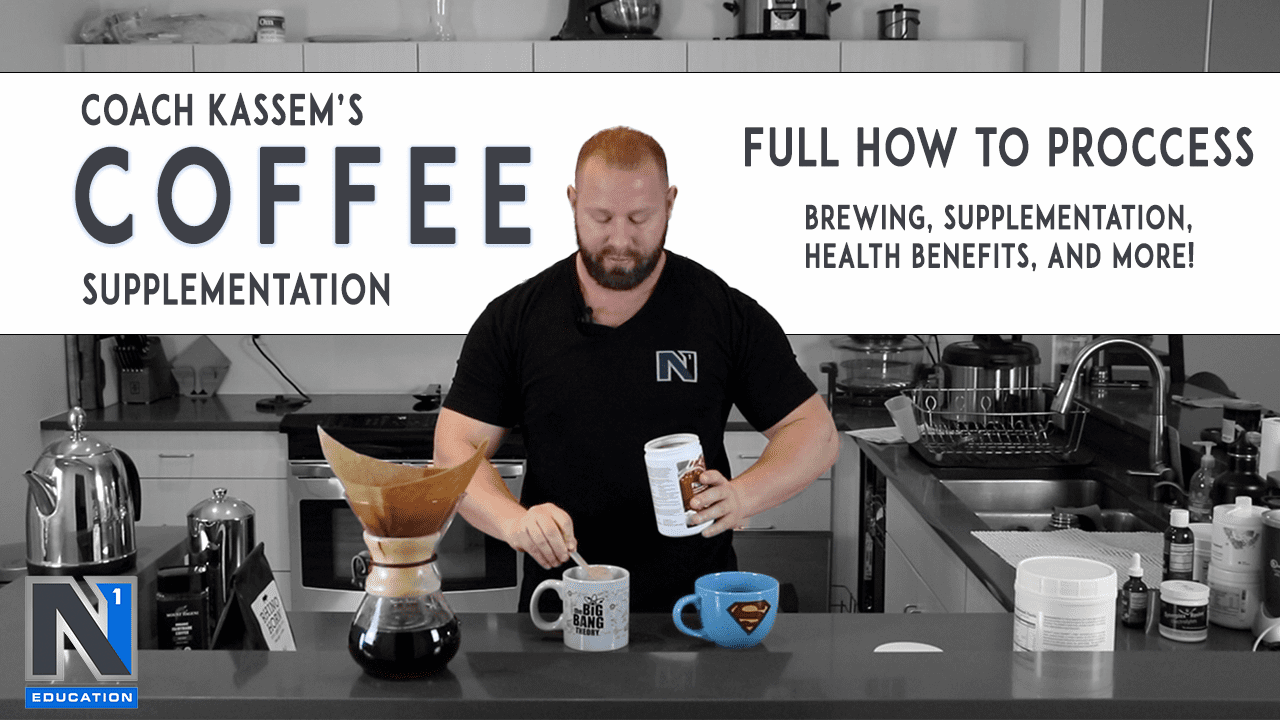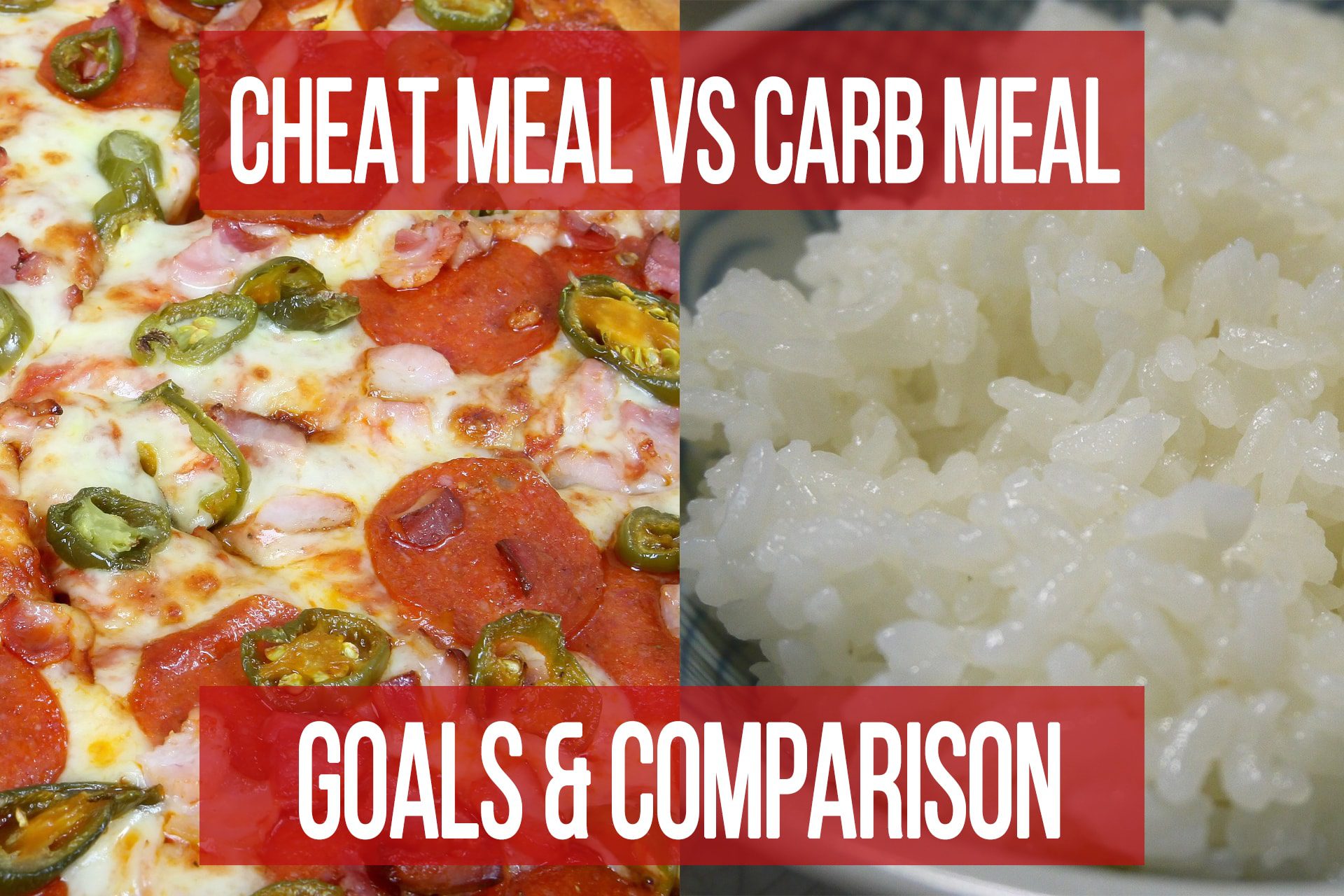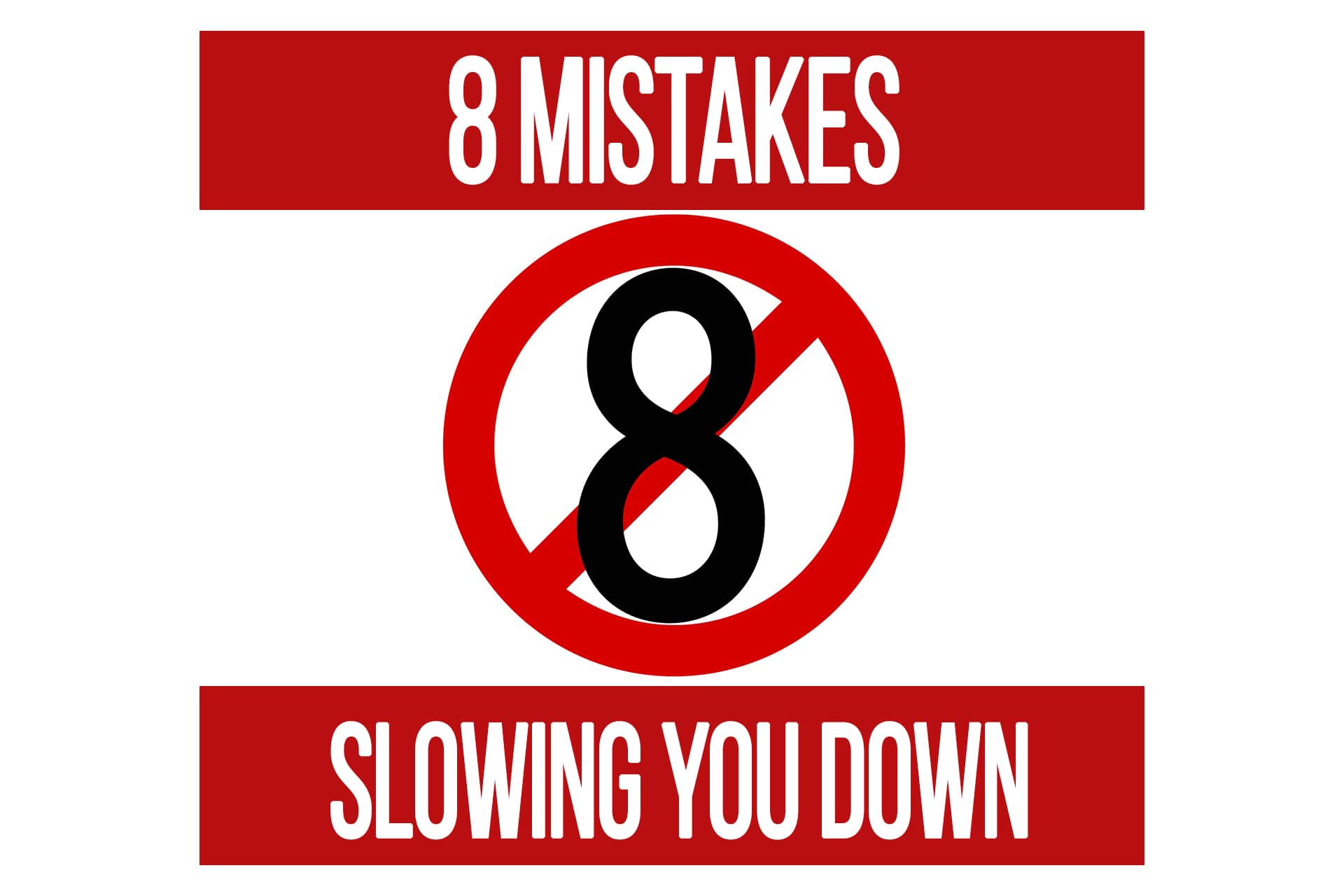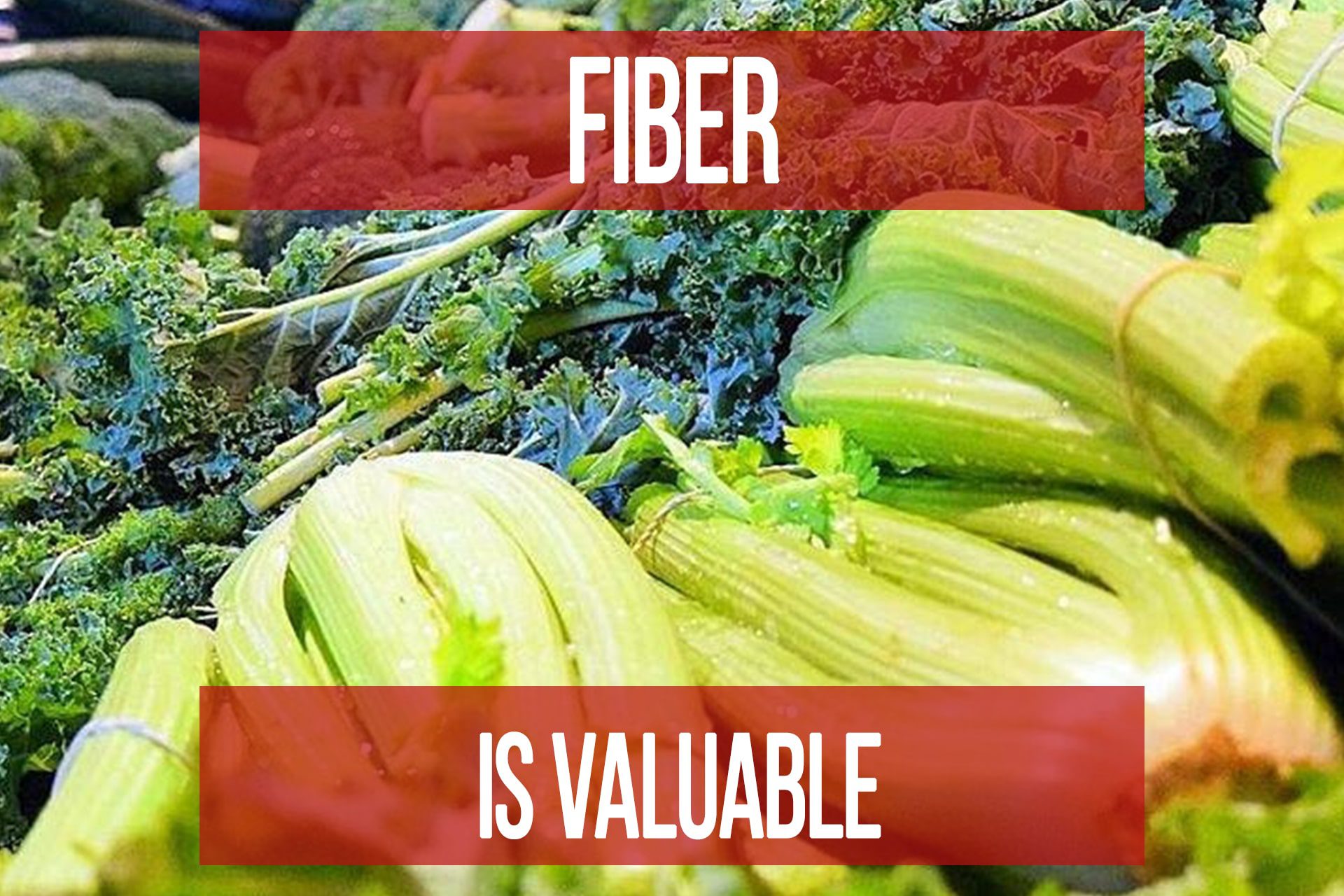Timing Your Carbohydrates – The Basics
n1 training
Carbohydrates are a tool. They are not inherently good or bad. Learning to time carbohydrates is basic yet important knowledge to have. Their contribution to your progress depends on your ability to apply them at the correct times in the proper amounts based on the situation.
Before we dive in to the basics of properly timing them, we need to define what we are considering “carbs”.
For the purpose of this article we are referring to starchy carbs, not fiber. I also suggest, for the ease of your life, not to count carbohydrates from fibrous vegetables (broccoli, spinach, kale, etc) or the trace amount you get from raw nuts. Trust me, getting an extra 7.5g of carbs from almonds is not going to derail your nutrition program.
Whether your goal is to put on lean muscle tissue or drop some unwanted body fat, timing your carbohydrate intake will be key to both recovery and body composition.
The overarching guideline for timing carbohydrates is to place them when your body is most in need of them. Generally speaking this will be around your workout and perhaps for a few hours afterwards. There are a few other situations which I will cover shortly.
Timing carbohydrates around the workout doesn’t mean in an equal amount pre and post-workout.
Pre-Workout Meal:
Generally this will be 2-3 hours before training. Not everyone will need carbohydrates at this time. It will be conditional on the type of training coming up, how full muscle glycogen already is, and their goal. Ideally, muscle glycogen should already be where you need it before this meal as it is the least opportune time to try and re-fill glycogen stores.
Post-Workout
This is the time where your muscles will take up glucose preferentially over fat tissue. When you train, it stimulates what is referred to as “insulin independent uptake” of glucose. I won’t dive in to the biochemistry here, but if you really want to learn how that all works, I highly recommend the Nutrition & Program Design course. This means that you can take in significantly more carbohydrates at this time and it they will be soaked up by your muscle cells without the need to increase insulin. Because the muscle cells essentially function like glucose sponges at this time, it is highly unlikely that any glucose will be stored as fat.
This is the window where we recommend placing the largest servings of your carbohydrates during the day. It is usually recommended to use faster digesting sources like white rice or potatoes rather than highly fibrous or slow digesting ones. We want to make use of the muscle’s ability to take up lots of carbs rapidly at this time.
Breakfast
Assuming that you don’t train first thing in the morning, breakfast is likely the least valuable time to have a large amount of carbohydrates. Sorry to burst your bubble if you’ve been lead to believe that a large bowl of oatmeal with orange juice is a great way to start the day. That can often lead to blood sugar dysregulation and a “crash” in energy a few hours later.
A small amount of berries can be helpful for some people as that can help replenish the tiny amount of liver glycogen that gets burned during the night to sustain your brain. Your muscles are not starving for carbs at this time though. They should already be mostly full of glycogen from the day before if you were consuming carbs after your workout.
Dinner
Some carbs at dinner can be beneficial in some cases. If you consume enough to stimulate insulin, it can help bring down cortisol which can make it easier to relax and fall asleep. If you train late in the day, this is also a good time to perhaps get in a few more carbs to help continue replenishing muscle glycogen, if necessary.
Summary
To wrap up, here are the key point cliff notes:
- Muscles are most prepared to take up carbs after training.
- Your largest serving of carbs should usually go here.
- Fast digesting carbs are usually preferred.
- Breakfast is usually the least beneficial time for a large dose of carbs (Unless you train right before breakfast. See point #1)
- Muscle glycogen should already be where you want it before your pre-workout meal. This is not the time to carb-load.
- A small amount of slower digesting carbs pre-workout can be beneficial for hypertrophy or metabolic workouts in some cases.
These are the general guidelines, but keep in mind there is an “it depends” factor to all of these. If you would like some additional help with finding what is ideal for you, your goals, matched with your training, we offer consultation calls as well as monthly coaching which you can apply for below.
1 Hour Coaching Call
Apply for 1-on-1 N1 Online Coaching
Carbohydrates are a tool. They are not inherently good or bad. Their contribution to your progress depends on your ability to apply them at the correct times in the proper amounts based on the situation.
Before we dive in to the basics of properly timing them, we need to define what we are considering “carbs”.
For the purpose of this article we are referring to starchy carbs, not fiber. I also suggest, for the ease of your life, not to count carbohydrates from fibrous vegetables (broccoli, spinach, kale, etc) or the trace amount you get from raw nuts. Trust me, getting an extra 7.5g of carbs from almonds is not going to derail your nutrition program.
Whether your goal is to put on lean muscle tissue or drop some unwanted body fat, timing your carbohydrate intake will be key to both recovery and body composition.
The overarching guideline for timing your carbohydrates is to place them when your body is most in need of them. Generally speaking this will be around your workout and perhaps for a few hours afterwards. There are a few other situations which I will cover shortly.
Timing carbs around the workout doesn’t mean in an equal amount pre and post-workout.
Carb Distribution Peri-Workout
Breakfast
Assuming that you don’t train first thing in the morning, breakfast is likely the least valuable time to have a large amount of carbohydrates. Sorry to burst your bubble if you’ve been lead to believe that a large bowl of oatmeal with orange juice is a great way to start the day. That can often lead to blood sugar dysregulation and a “crash” in energy a few hours later.
A small amount of berries can be helpful for some people as that can help replenish the tiny amount of liver glycogen that gets burned during the night to sustain your brain. Your muscles are not starving for carbs at this time though. They should already be mostly full of glycogen from the day before if you were consuming carbs after your workout.
Dinner
Some carbs at dinner can be beneficial in some cases. If you consume enough to stimulate insulin, it can help bring down cortisol which can make it easier to relax and fall asleep. If you train late in the day, this is also a good time to perhaps get in a few more carbs to help continue replenishing muscle glycogen, if necessary.
Summary
To wrap up, here are the key point cliff notes:
- Muscles are most prepared to take up carbs after training.
- Your largest serving of carbs should usually go here.
- Fast digesting carbs are usually preferred.
- Breakfast is usually the least beneficial time for a large dose of carbs (Unless you train right before breakfast. See point #1)
- Muscle glycogen should already be where you want it before your pre-workout meal. This is not the time to carb-load.
- A small amount of slower digesting carbs pre-workout can be beneficial for hypertrophy or metabolic workouts in some cases.
These are the general guidelines, but keep in mind there is an “it depends” factor to all of these. If you would like some additional help with finding what is ideal for you, your goals, matched with your training, we offer consultation calls as well as monthly coaching which you can apply for below.
1 Hour Coaching Call
Apply for N1 Online Coaching
Have a Question for Us?
Please Log In to Submit Your Question
Calories Matter But So Does Everything Else
videoBody Composition Foundation FREE Health and Longevity Nutrition Supplementation Training
Popular Pages
Learn & Train With Us
Add N1 Training to your Homescreen!

Please log in to access the menu.
